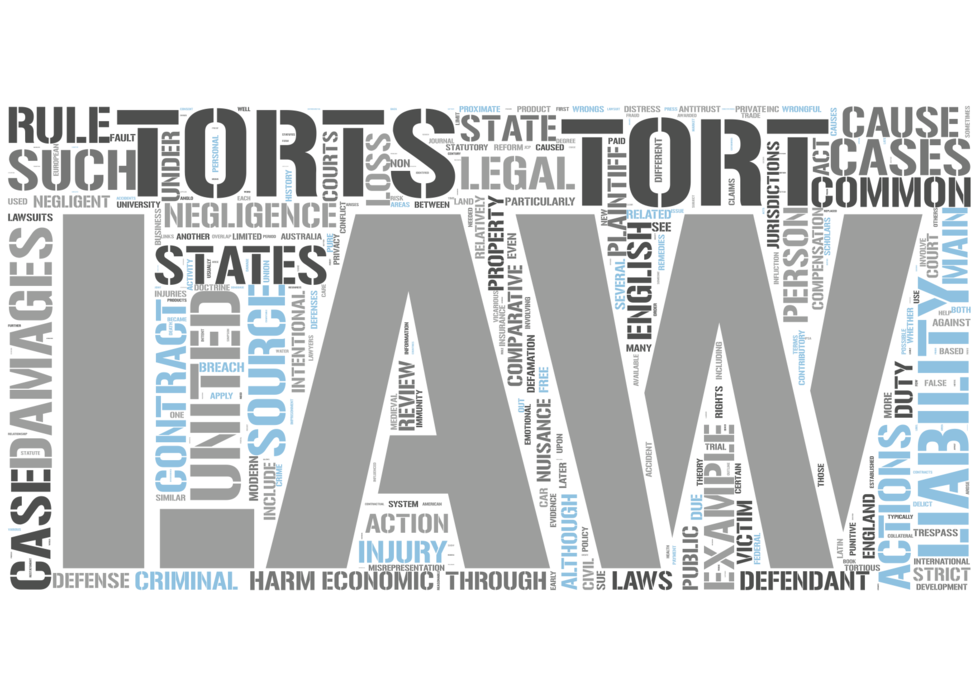

The law regards everyone as having certain interests that are worthy of protection and the law of tort provides a remedy for persons whose protected interests have been breached. The most common protected interests are personal safety and interests in property. The tort which is concerned with protection of personal and private interests is known as the tort of Negligence.
In Saint Lucia anyone who can tell right from wrong is responsible for any damage that he has caused by his own act, neglect or want of skill. He is also liable for damage caused by persons under his control or by things under his care. When damage is caused by persons under your control or by things under your care you will be liable whether you were at fault or not, unless you can show that you would have been unable, using reasonable means, to prevent the act which caused the damage.
In the case of damage caused by your own act the person who suffered loss or injury must prove that you were at fault. We follow the English law when it come to proving fault. So, the Plaintiff must prove that the defendant owed him a duty of care, which he breached and that the damage suffered was caused by that breach.
We all owe a duty of care to our neighbour and we must avoid doing anything which we can reasonably foresee would cause him damage.
But who exactly is our neighbour? He is anyone so closely and directly affected by what we do that we should reasonably have had him in mind when we were thinking about doing the act that caused the damage.
The test is a 3-stage one:
Firstly the damage must have been foreseeable.
Secondly there must be a relationship of proximity or neighbourhood between the party who owes the duty and the person to whom that duty is owed.
Thirdly, overall, the situation must be such that it can be considered fair, just and reasonable for the law to impose a duty of care.
The “but-for” test is used when seeking to establish this causation. The question is asked, “But for the wrongdoer’s breach of duty would the victim’s damage still have occurred.” If the answer is yes, the wrongdoer cannot be found liable.
If the answer is no, he will usually be found liable unless the damage is something that could not have been reasonably foreseen.
